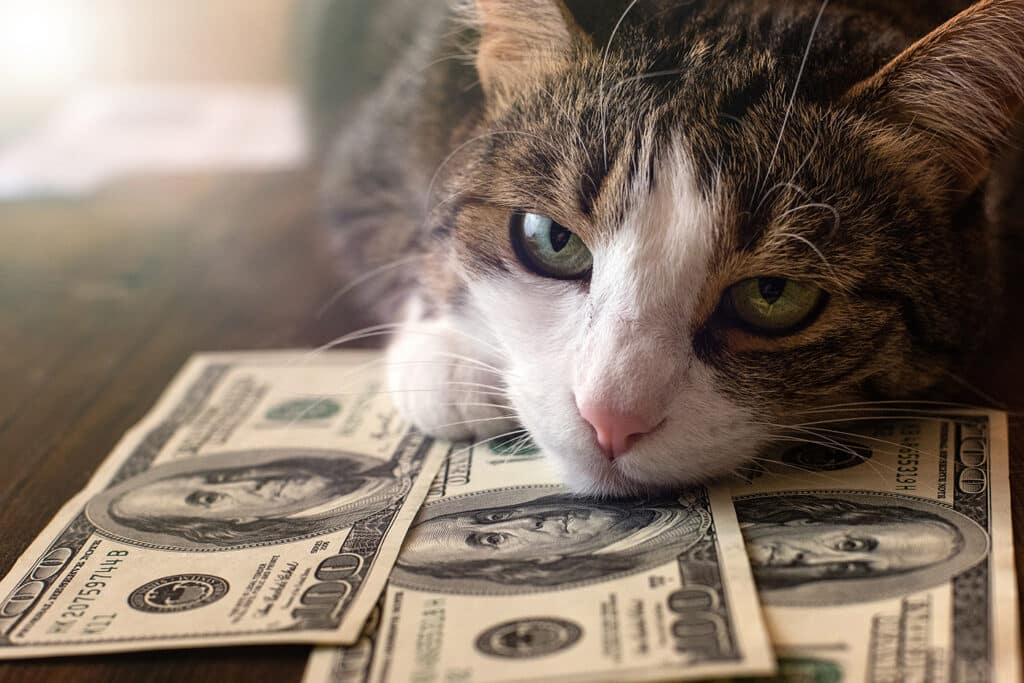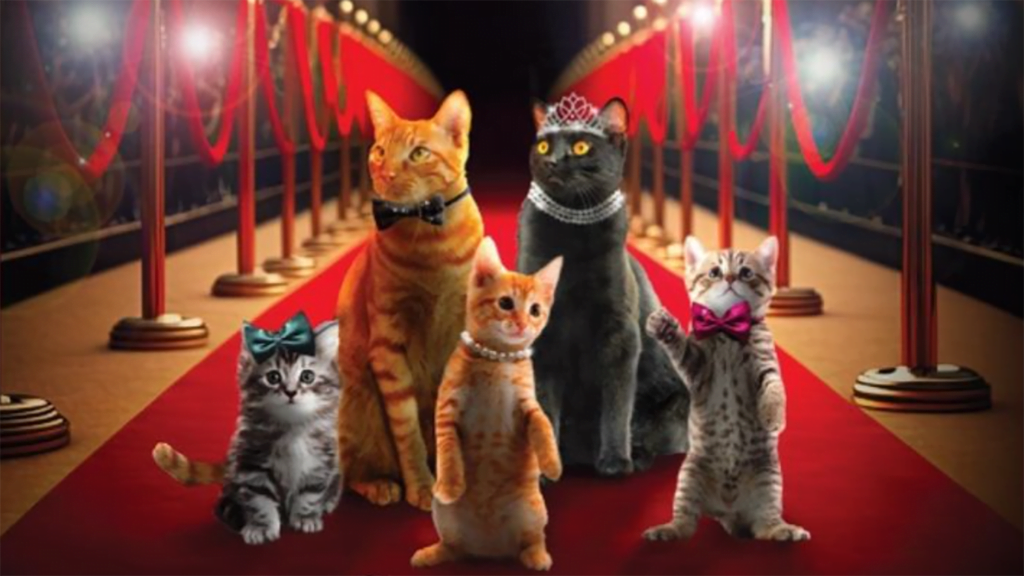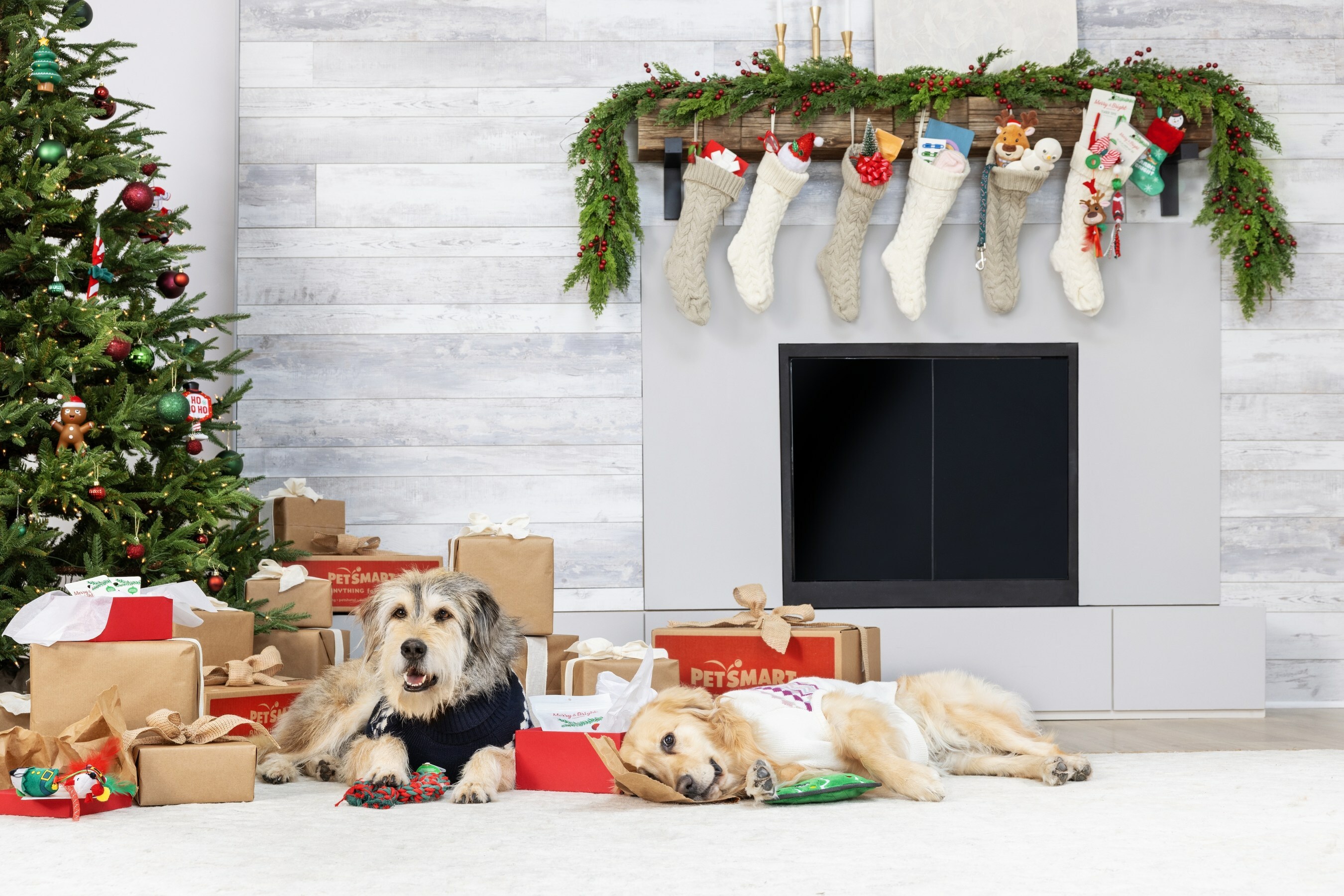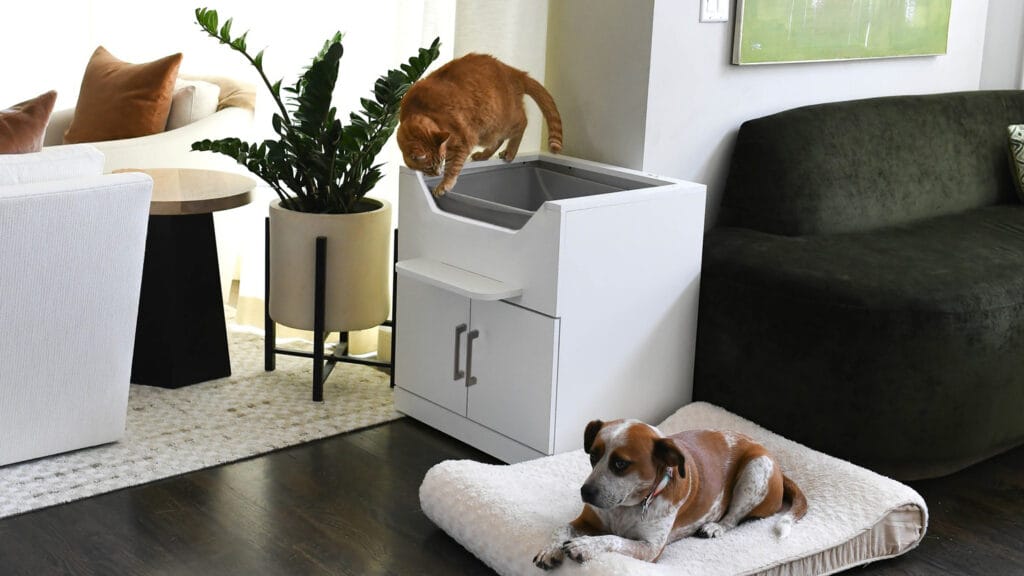Pet spending passes $100B, outpacing women’s clothing, booze, and books

U.S. households with one or more pets have steadily increased since the 1980s. The amount of money pet owners are spending has skyrocketed to more than $100 billion every year.
A new report from the U.S. Bureau of Labor Statistics reveals that pet-related expenses comprise a growing percentage of consumers’ budgets. Pet expenditures rose from $57.8 billion in 2013 to $102.8 billion in 2021, a nearly 78% increase. Over the same period, average annual incomes increased about 46%. The level of pet-related spending in 2021 easily outpaces what U.S. consumers shelled out for women’s clothing, $87.9 billion; alcoholic beverages, $73.8 billion; and recreational reading materials, $15.2 billion, according to the report authored by Kristen Thiel, senior economist for the United States Bureau of Labor Statistics.
The Labor Department tracks pet-related spending in four categories: pet purchases/supplies/medicine, nonveterinary pet services, veterinary services, and food. In 2021, on average, pet owners spent more than $5,700 in these four areas combined. Thiel compared inflation data with the volume of pet-related spending to show that, while prices on pet-related products have increased since 2013, most of the spending increase is volume-driven. She also noted that pet spending increased more rapidly than other entertainment expenditures, total expenditures, and average annual income over the same period. Pet expenditures grew even when total expenditures and average annual income declined in certain periods.
There is also evidence to suggest that even when consumers who are also pet owners reduce spending in other areas, they continue to spend money on their pets. The share of pet expenditures in household budgets has increased.
In 2021, large increases in expenditures and ownership are visible in the data. One exception is the decrease in pet food expenditures for 2021. This suggests that while pet ownership and spending grew, consumers still trimmed their spending in some pet-expenditure areas.




Responses